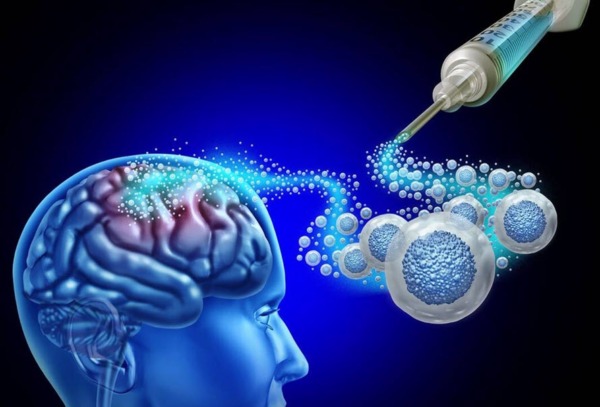Stem Cell Neurological Disease Treatment in Korea
Brain revival through neural cell regeneration
Stem Cells – Overcoming the limitations of treating neurological diseases
Stem cell therapy is a new approach that offers regenerative possibilities for patients with neurological disorders.
This method involves extracting stem cells from bone marrow or fat, concentrating them, and then directly injecting them into the damaged area or delivering them through blood vessels in order to treat various neurological conditions such as stroke, degenerative neurological diseases, traumatic brain injury, spinal cord injury, and Parkinson’s disease.
For example, Parkinson’s disease is a degenerative brain disease that causes a heavy gait and tremors in the hands and feet, as the dopamine neurons responsible for the involuntary movement of muscles decrease. The medical community believes that if stem cells are differentiated into dopamine cells and transplanted into the brain, Parkinson’s disease can be fundamentally cured. Currently, 12 different stem cell clinical trials for Parkinson’s disease are underway.

Stem Cells – Treatment of Nervous System Diseases
According to a review of several papers in February 2023 in the famous neurotechnology journal Biotechnol Bioeng, stem cell treatment showed significant effects on 33 Alzheimer’s patients in the United States. Parkinson’s patients also showed changes in symptoms, including slowed progression of the disease, and some cases the disease was manageable. Even for multiple sclerosis cases, it was observed that myelin in the nerves increased with stem cell treatment.
Cerebral infarction or arteriosclerosis caused by blocked or narrowed blood vessels destroys brain or heart cells, not only in areas where blood does not flow, but also in the surrounding areas due to secondary immune cell activation. Stem cells reduce secondary damage from cerebral infarction or arteriosclerosis through their immune regulation function and, by connecting blood vessels, they supply blood to damaged cells, minimizing the aftereffects of these diseases and helping with rehabilitation and recovery.
Moreover, stem cell therapy may also be used to treat lingering effects from COVID-19 infections or post-vaccination symptoms that are driven by excessive immune responses, thanks to its immune-regulatory capabilities.
Cerebral Infarction/Arteriosclerosis
Parkinson’s Disease
COVID-19 After-effects
Multiple Sclerosis
Pioneering a New Era in Neurological Disease Treatment with Stem Cells
Procedure Process Explanation
Frequently Asked Questions
What is stem cell therapy for neurological diseases?
Stem cell therapy is a regenerative treatment that involves extracting stem cells from bone marrow or fat, concentrating them, and injecting them directly into damaged areas or delivering them through blood vessels. This approach aims to treat various neurological conditions such as stroke, degenerative neurological diseases, traumatic brain injury, spinal cord injury, and Parkinson’s disease.
How does stem cell therapy work for Parkinson’s disease?
In Parkinson’s disease, dopamine neurons responsible for involuntary muscle movements decrease, leading to symptoms like tremors and a heavy gait. Stem cell therapy involves differentiating stem cells into dopamine-producing cells and transplanting them into the brain, potentially offering a fundamental cure. Currently, 12 different stem cell clinical trials for Parkinson’s disease are underway.
What evidence supports the effectiveness of stem cell therapy in neurological diseases?
A review published in February 2023 in the journal Biotechnol Bioeng reported significant effects of stem cell treatment on 33 Alzheimer’s patients in the United States. Parkinson’s patients showed symptom changes, including slowed disease progression, and some cases became manageable. In multiple sclerosis cases, an increase in nerve myelin was observed with stem cell treatment.
Can stem cell therapy help with cerebral infarction or arteriosclerosis?
Yes, stem cells can reduce secondary damage from cerebral infarction or arteriosclerosis through their immune regulation function. By connecting blood vessels, they supply blood to damaged cells, minimizing the aftereffects of these diseases and aiding in rehabilitation and recovery.
Is stem cell therapy effective for post-COVID-19 symptoms?
Stem cell therapy may be used to treat lingering effects from COVID-19 infections or post-vaccination symptoms driven by excessive immune responses, thanks to its immune-regulatory capabilities.
